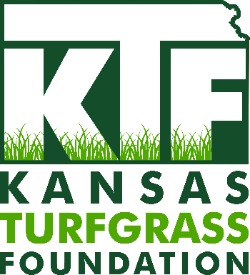Shade

Most cool season turfgrasses perform best when grown in full sun. Unfortunately, many lawns contain shady areas that present problems for turf managers. Turfgrasses struggle in these environments because there is reduced light and air movement, and also, in many cases, the turf must compete with other plants for water and mineral nutrients. The result is weak, stressed turf that lacks traffic or disease tolerance and is often invaded by weeds or moss.
If turf management practices are not modified for shade sites, problems with turf quality are likely. For example, a common management error is to fertilize turf in shade areas at the same rates suggested for turf growing in full sun. In other cases, shaded areas are sodded with Kentucky bluegrasses best suited for planting in full sun. Unfortunately, many sites are simply too shady to support an acceptable quality turf, even when "shade-tolerant" grasses are planted.
Suggestions for Producing Turf in Shaded Areas
Use shade-tolerant turfgrasses. Shade tolerance among cool season species and cultivars varies, and is greatest in fine-leaf fescues and least in Kentucky bluegrass and perennial ryegrasses. Tall fescue has intermediate shade tolerance. Within turfgrass species, there are differences in shade tolerance.
Cultural Recommendations for Turf in Shady Areas
- Plant shade-tolerant turfgrass species and cultivars. Keep in mind shade tolerant does not mean the grass will grow in dense shade.
- Seed shade-tolerant turfgrasses during the late summer or early autumn.
- Avoid over fertilizing with nitrogen (apply about half the rate used in sun) and maintain adequate phosphorus and potassium.
- Mow at the highest recommended height for the turfgrass species.
- Reduce traffic in shaded areas. Heavy site use and shade turf is not a combination that will work.
- Encourage light and air movement into shaded areas by pruning low-growing limbs and removing shrubs. Removing trees may be the only solution in areas where high quality turf is a priority.
- Don't over water turf in shady areas.
Turf Substitutes
In shady areas incapable of sustaining turf of acceptable quality, plant shade-tolerant ground covers (e. g., Japanese spurge, English ivy, hosta, periwinkle, or purpleleaf winter creeper) or use mulches such as wood chips, bark, or some other clean, organic material. Poor soil drainage may be another reason the turf did poorly, and it's very likely the ground cover will have problems with poor soil drainage as well. Also be aware that some ground covers, such as lily-of-the-valley and goutweed, may become invasive if not contained.



